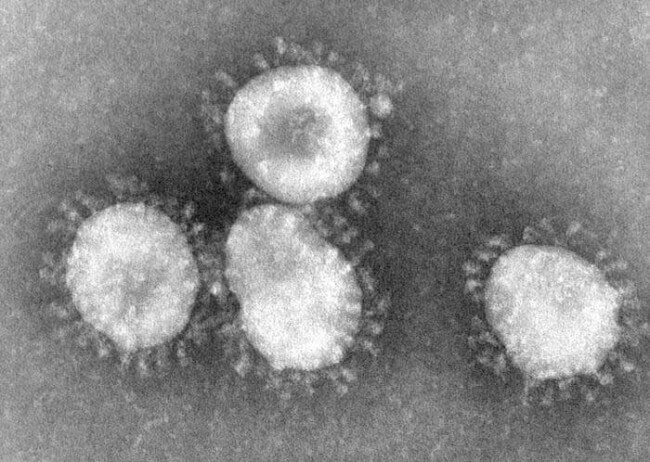Researchers at Washington University School of Medicine in St. Louis say they’ve developed a new medical test to detect all viruses that infect people and animals.
“With this test, you don’t have to know what you’re looking for,” said Dr. Gregory Storch, the study’s lead. “It casts a broad net and can efficiently detect viruses that are present at very low levels. We think the test will be especially useful in situations where a diagnosis remains elusive after standard testing or in situations in which the cause of a disease outbreak is unknown.”
Because there are thousands of viruses that make people and animals sick, diagnosing which one is at play in a given illness can be difficult and require numerous tests.
Results published in the journal Genome Research show that in patient samples the new test can spot viruses not found by standard genome sequencing. Its creators say ViroCap, as the new technology is called, could detect outbreaks of deadly viruses like Ebola, Marburg and SARS.
Its developers are making the technology “publicly available to scientists and clinicians worldwide, for the benefit of patients and research.” ViroCap is reportedly just as sensitive as the gold-standard polymerase chain reaction (PCR) assays, but even the best of those can screen for just 20 or so similar viruses at once.
The researchers tested the new test in two sets of samples from patients at St. Louis Children’s Hospital. In the first, standard testing spotted viruses in 10 of 14 patients, while ViroCap found viruses in four children that earlier testing had missed. Standard testing failed to detect even common viruses such as influenza B and herpes virus 1. In a second group of children with unexplained fevers, standard testing found 11 viruses, while the new test found another seven.
“The test is so sensitive that it also detects variant strains of viruses that are closely related genetically,” said Todd Wylie, an instructor of pediatrics. “Slight genetic variations among viruses often can’t be distinguished by currently available tests and complicate physicians’ ability to detect all variants with one test.” Because it includes detailed genetic information about various strains of particular viruses, the new test can ID subtypes. The study showed that while standard testing identified a virus as influenza A, which causes seasonal flu, the new test indicated that the virus was a particularly harsh subtype called H3N2.
In developing ViroCap, researchers went after unique stretches of DNA or RNA from every known group of viruses infecting man and beast. In total about 2 million unique stretches of genetic material was included in the test. These serve as probes that grab onto viruses in samples of blood, mucous and saliva that are a genetic match. Researchers say they will work now to validate ViroCap’s accuracy.
“It also may be possible to modify the test so that it could be used to detect pathogens other than viruses, including bacteria, fungi and other microbes, as well as genes that would indicate the pathogen is resistant to treatment with antibiotics or other drugs,” said co-author Kristine Wylie, PhD, assistant professor of pediatrics.


